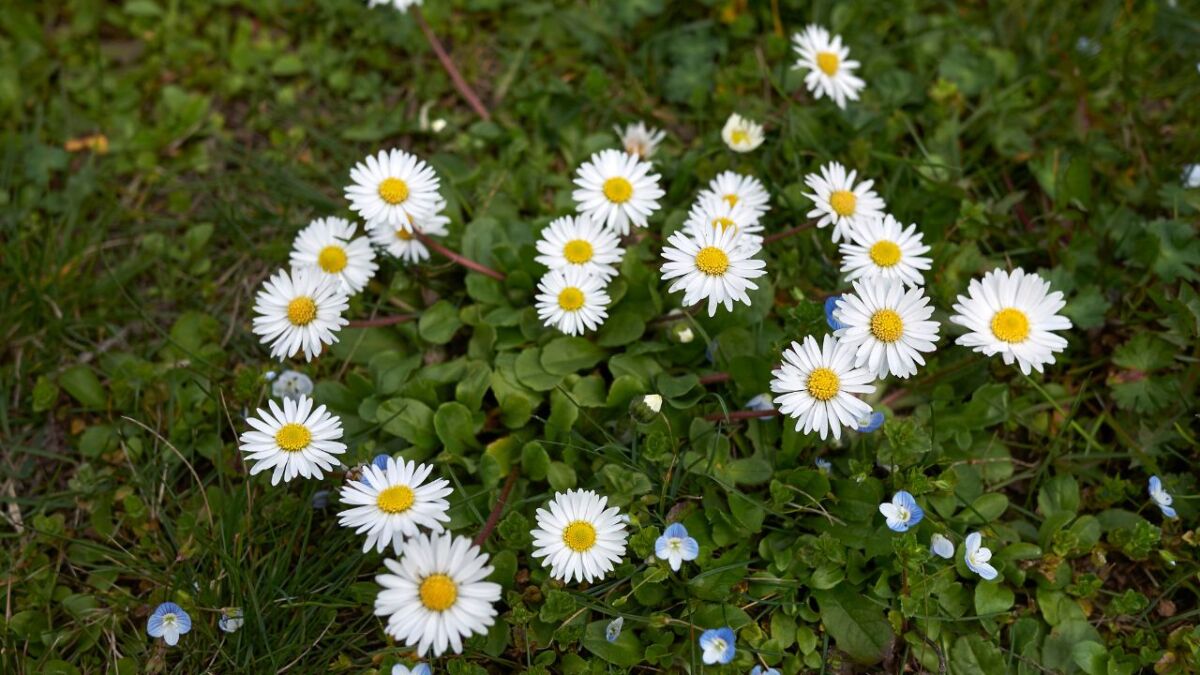
Versatile daisy – wild and medicinal plant of our native flora
👉 The key facts from this guide
- Daisies are edible and have healing properties, such as mucus-dissolving, anti-inflammatory and antioxidant effects.
- The plant is rich in vitamins (C and A) and minerals (potassium, calcium, magnesium, iron).
- Daisies can be used in the kitchen, such as in salads, cottage cheese, as honey or pickled like capers.
- The flower, leaves, and stems of the plant are edible and can be used fresh or dried.
- Daisies are resilient and grow in many environments, such as meadows, fields, and gardens.
- The plant also has ecological benefits, as it is loved by bees and other insects and is an indicator of nutrient-rich soils.
If you enjoy the first hours of sunshine in spring, you can't avoid it - everywhere in parks and on meadows, you'll find the white flower heads of the daisies, stretching towards the warming light.
As soon as this happens, it's time to collect.
You can still find daisies in autumn, but the early bird catches the worm, as they say.
A description of the little flower is probably not necessary because as children we already made wreaths out of them or picked a bouquet for our mothers.
However, the daisy has some characteristics that you may not know yet.
And that's why it deserves the attention and its plant portrait.
What makes the daisy so special?
No plant is underestimated as much as the daisy (Bellis perennis). Despite its small size, the daisy can do a lot that is beneficial for us humans.
A special feature of the plant is its toughness. It can recover from injuries such as torn plant parts or accidental trampling in a very short time and even produce new flower heads.
A little survivor that passes on its unusual vitality to us. In spring, it is a first indicator of longer days and warmer weather.
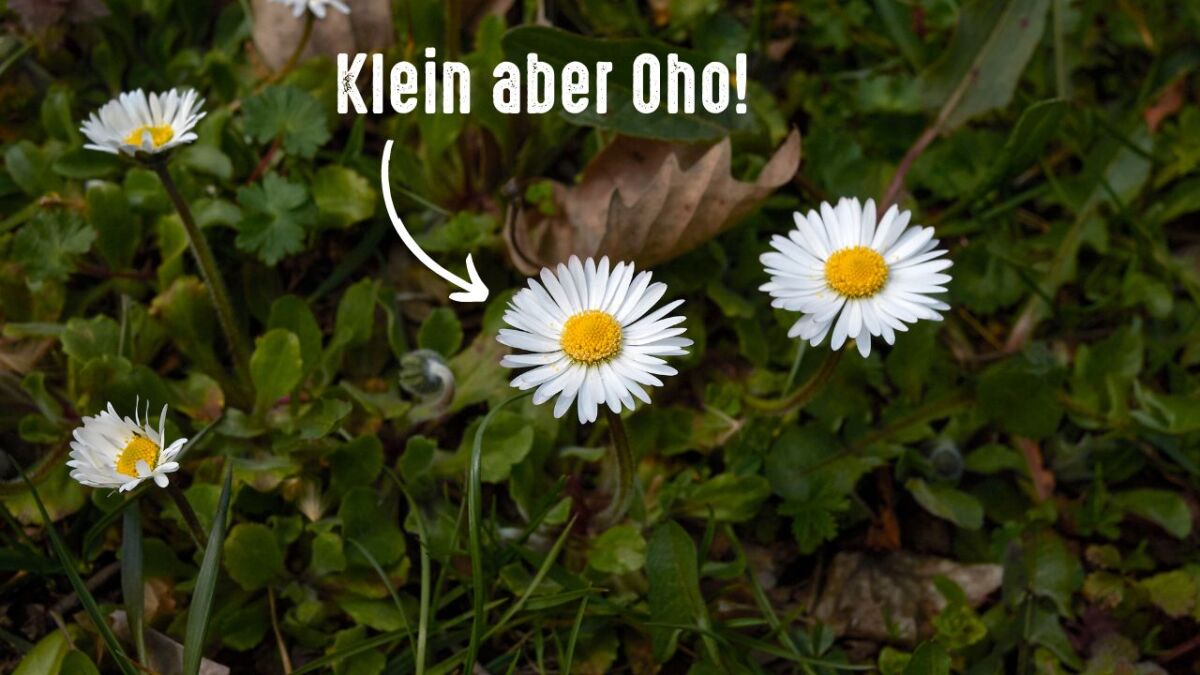
Because the daisy knows exactly when it can spread. It has developed wonderful tactics, which I will explain briefly.
- One way of spreading is through rain. When the thick drops fall on the flower heads of the daisy, small seeds are released that are distributed around the mother plant. You can imagine this roughly as if a water droplet lands on the smooth surface of a lake. The seeds are largely "thrown away" in the same way that small drops splash away in a circle.
- Another way to spread is through the wind. Since the stems of the daisy are flexible and bendable, the plant can bend in any direction after the wind. This allows it to spread in all directions in which the wind blows. Where the seeds hit the ground, new daisies emerge, covering all meadows in carpet formation.
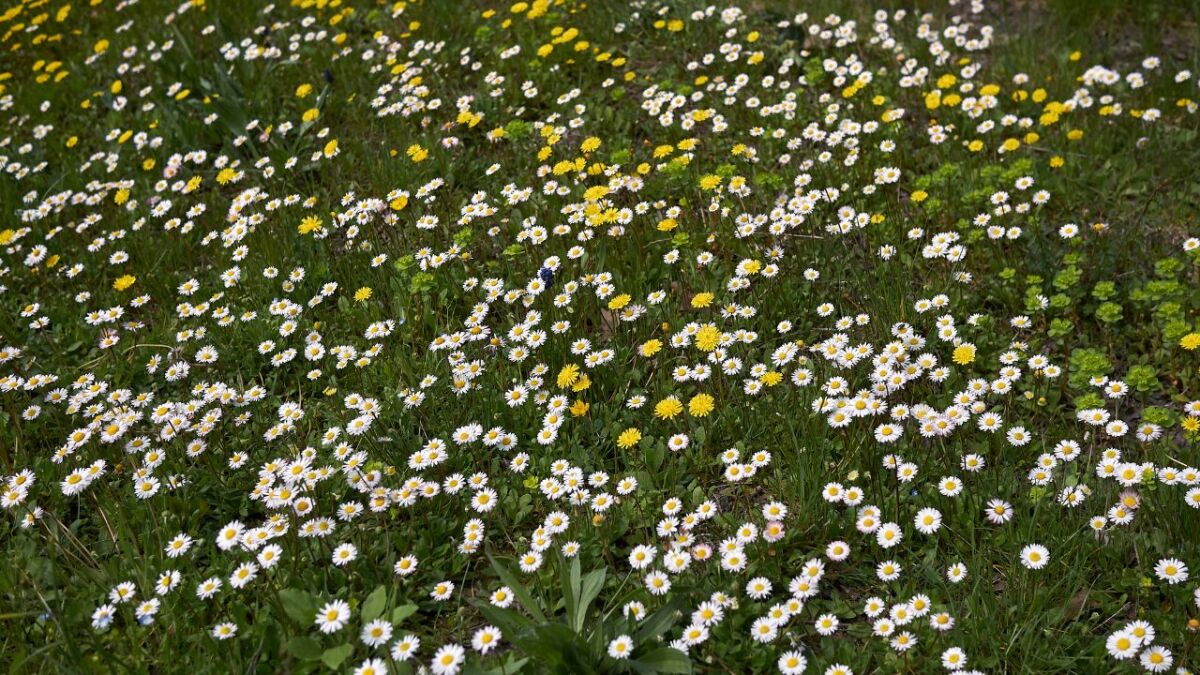
The daisy as an important medicinal plant
I am not exaggerating when I speak of a multi-talent regarding the daisy.
It is not only completely edible, but also has a whole range of uses in the fields of health and healing.
Already in ancient times, people knew how to use the daisy to their advantage.
- Among other things, it is used as an expectorant and cough suppressant and can be processed into tea, which kids especially love. Let's be honest, "daisy tea" sounds much more pleasant to us than the word "cough syrup."
- Furthermore, the daisy contains silicic acid, an ingredient important for healthy and strong nails, hair, and bones.
- Externally, it is processed into salves, creams, and tinctures.
- It helps with itching, skin rashes, eczema, as well as redness and can be used as a first-aid remedy for insect bites and small wounds.
- Skinned knees and scratches are a regular occurrence in children or grandchildren. In such cases, a daisy bandage is a good idea from Mother Nature, don't you think?
- The daisy also has anti-inflammatory properties and promotes healing.
- As a member of the aster family (Asteraceae), the daisy stimulates the warming process in the blood area.
- It promotes kidney function, intensifies metabolism, and thus helps with detoxification.
- The daisy is also used in beauty care. With jojoba oil, it is said to even smooth out fine lines around the eyes.
- Because it is rich in vitamins and other minerals, it is a guarantee for healthy skin.
But the plant not only does a good job externally, but can also contribute to well-being internally.
The daisy is proven to strengthen the immune system. With its content of vitamins C and A, as well as the minerals potassium, calcium, magnesium, and iron, it becomes a reliable companion that is available everywhere.
From the leaf, to the stem, to the flower, it is completely edible, and it doesn't matter if you eat it right off the field. Of course, this is assuming it's not in a dog park.
Further important ingredients of the daisy
The daisy has several contents that you should know about to know what you can do with it.
For one, there are saponins. These have expectorant properties and are used in case of cold symptoms. To achieve this, pour hot water over a handful of dried or fresh flower heads and let the tea steep for a few minutes.
Bitter substances promote digestion and get your stomach and intestines moving. The daisy contains tannins that have an astringent effect. That means if you have a superficial wound, it helps prevent it from getting infected and heals quickly.
The skin is covered with a light film that stops bleeding and closes the wound.
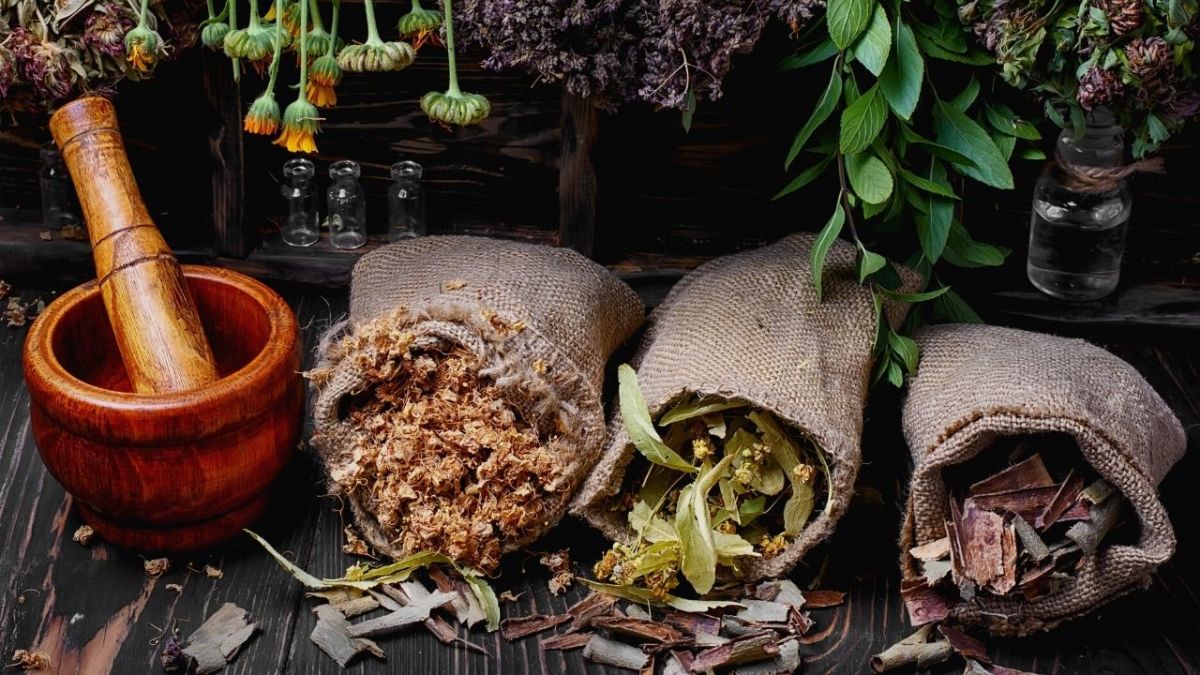
The last important substance is flavonoids. Their antioxidant effect protects your vessels and cells from premature aging, danger from free radicals, and from cardiovascular diseases, as well as bronchial infections and asthma.
In principle, the daisy achieves more than some prescribed medication that you would have to take with other medications, and it has no side effects for which you would then be prescribed an additional medication.
Of course, this should not be an unconditional approval - any medicine, whether herbal or not, should be discussed with a doctor. This way, you will always be on the safe side.
Also read
Winter Survival Food: 41 edible things from the wilderness - This winter survival food guide is full of facts and fascinating legends about emergency food that grows in snowy months.
The daisy in the kitchen
Now, you already know a lot about the healing power of the daisy, but the plant can do even more for you. It not only works, but also tastes excellent.
Therefore, here are a few suggestions for how to use the daisy in the kitchen and combine its culinary delights with its healing power.
Daisy honey
This honey not only tastes incredibly delicious, but can also be used for a cold. The preparation is the same as with dandelion honey, except that you need more flowers because daisy flowers are considerably smaller than dandelion flowers.
How do I make daisy honey?
Ingredients:
- 1 cup (0.24 l) of daisy flowers
- 1 cup (0.24 l) of water
- 1 cup (0.24 l) of sugar
- Juice of one lemon
Instructions:
Put the daisy flowers in water and bring to a boil. Let it stand for several hours (max. 24 hours) so that the ingredients and flavors dissolve. After steeping, add sugar and lemon juice and mix well. Then bring to a boil and reduce until a thick consistency is achieved.
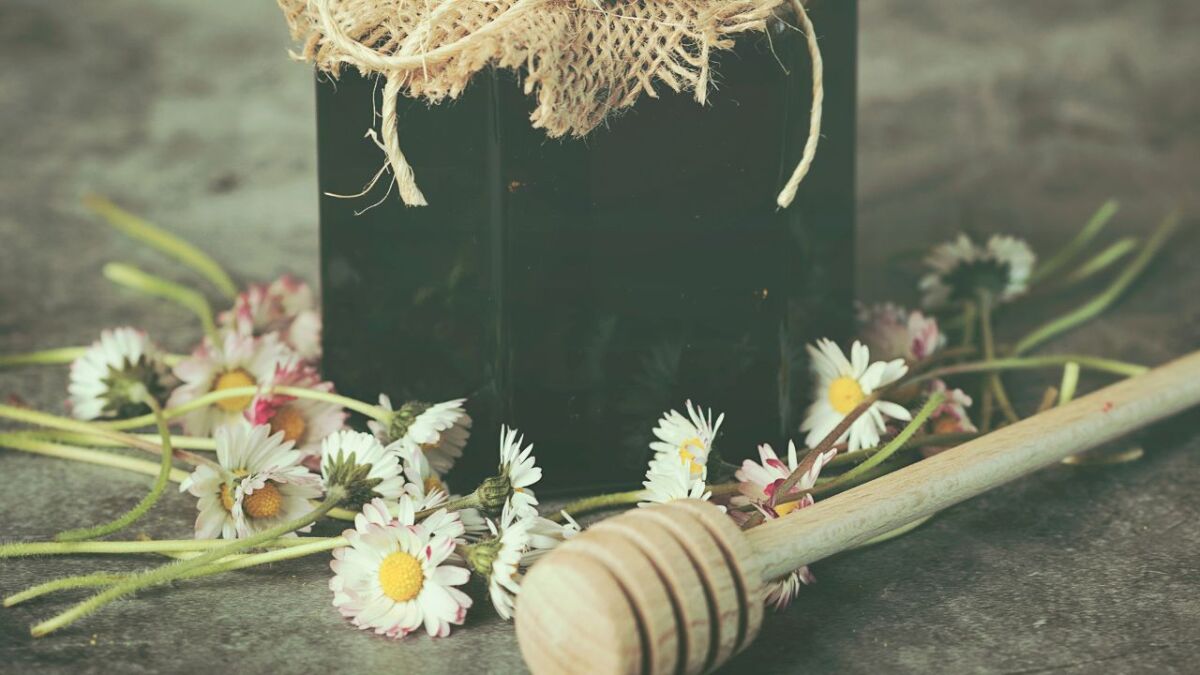
Herb quark enriched with daisy leaves for your meal plan
The taste of daisies has a mixture of light acidity and a nutty note, making it delicious in quark or even on bread. The flower heads are also a feast for the eyes, and we all know we eat with our eyes first.
How do I make daisy quark?
Ingredients:
- 1/2 container of cream
- 1 container of quark
- 2-3 tbsp daisy flowers
- Sugar
- Salt
Instructions:
Mix cream and quark, and season with sugar and salt. Put the flowers in a sieve and pour boiling water over them. Let them rest briefly to soften, then fold them into the quark and cream mixture.
What works well in quark also can't be wrong in a salad. Here, too, the daisy shines with its talent as a source of vitamins and its flavor.
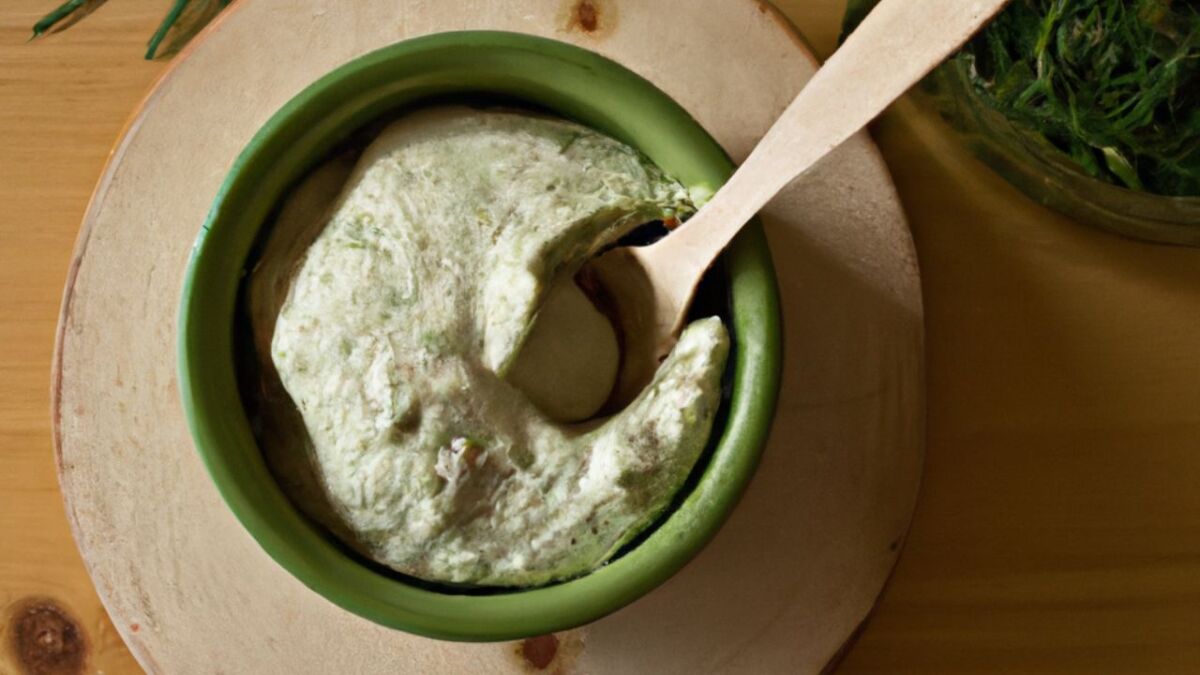
If you think that's all, there is to it, you're mistaken. You can also do the following with daisy buds.
Preserving daisy buds like capers
Closed daisy buds can be preserved in a vinegar/salt brine and later used exactly like capers.
The flower heads of daisies are not much different from real capers. Maybe you'll make your next Königsberger meatballs with a handful of daisy buds.
The flowers also work perfectly in herb butter for grilling. All you need is salt and vinegar.
As always, your imagination knows no bounds. Experimenting is always better than rote learning, so feel free to try some things out. Who knows, possibly you'll create a recipe that will surprise your friends and family.
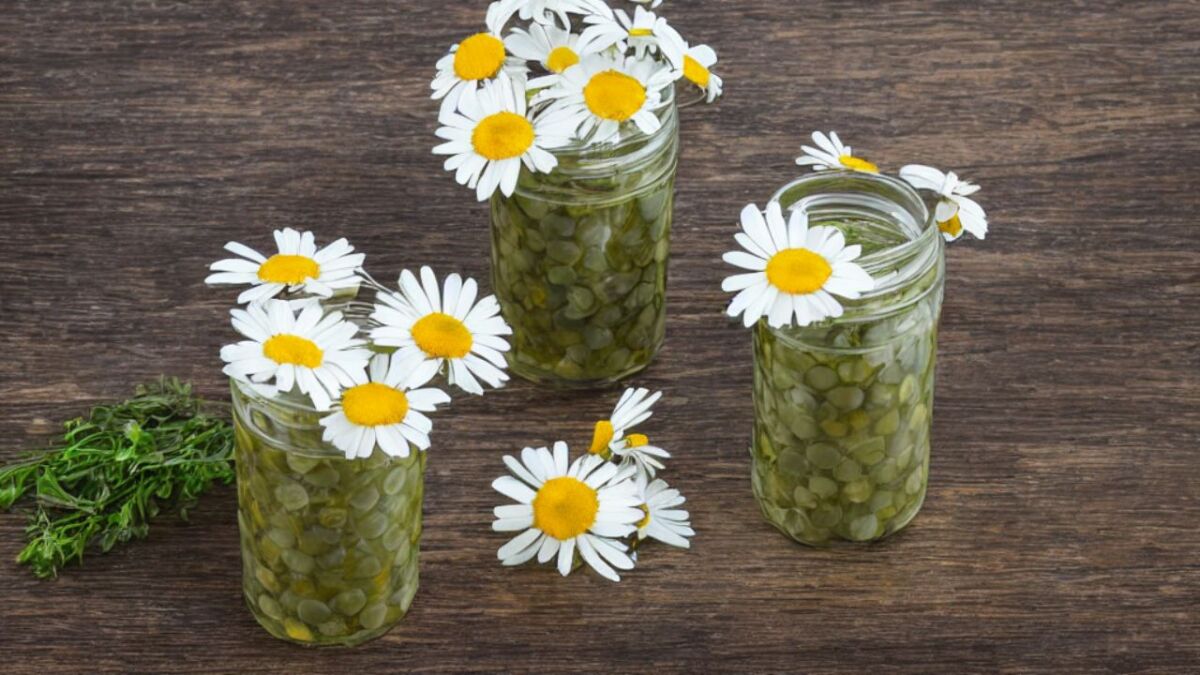
Description of the Daisy
The daisy is a small flowering plant that is primarily found in Europe and North America.
The daisy emerges from a dense rosette of leaves with numerous flowering stems. The daisy consists of a small inflorescence surrounded by white flowers.
The flowers are only a few millimeters in size and have a diameter of about 2-3 cm. The plant itself is usually only 10-15 cm tall, although there are larger specimens that can reach up to 30 cm.
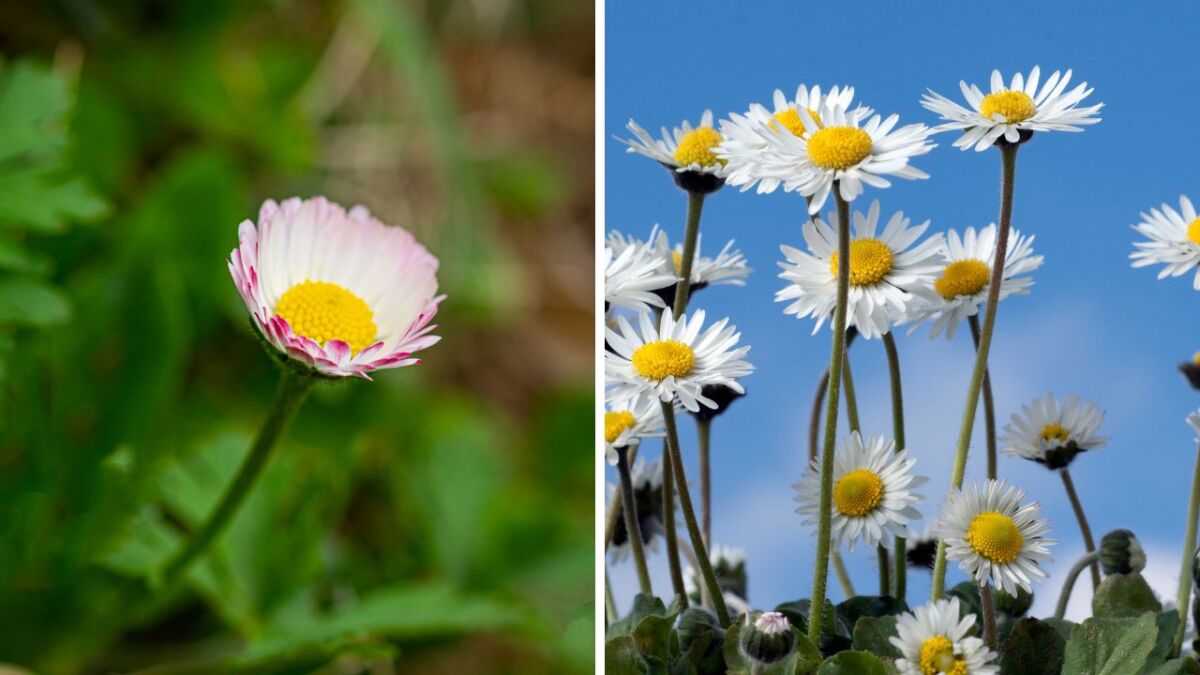
Occurrence, Harvest Time, and Harvesting
The daisy grows wherever there is enough sunlight. It is widespread throughout Europe, America, and even parts of Asia.
It is relatively insensitive and can even grow under the snow. You can find it on forest clearings, meadows and along roadsides, in fields, gardens, and of course in parks.
Bees love daisies just as sincerely as other insects do, which also results in certain ecological benefits. They are also an indicator of nutrient-rich soils with low acidity but high nitrogen content.
The harvesting season is from May until late autumn. Even in the middle of November, daisies can still be found.
When harvesting daisies, you should take the flowers with their stems and leaves. You can prepare them fresh or dry the flowers and store them for winter use.
To store dried daisy flowers, it's best to place them in a screw-top jar and keep it in a dark place, such as a kitchen cupboard or pantry. This will keep the flowers for a long time, and you can make tea from them during winter. For the leaves and stems, it's best to prepare them fresh in salads, quark, or smoothies as vitamin C dissipates quickly, and you want to benefit from the nutrients.
Read also
Edible Plants: Find These Emergency Foods in the Forest (List + Pictures) - Are you unsure which plants you can eat in an emergency? Let's learn together, and I'll show you how to stay fed in the forest.
Questions and Answers
What else is the daisy called?
There are many names for the daisy, here are just a few: eye flower, lawn flower, little eye, child's play, morning flower, little goose girl, Easter flower, sky flower, May flower, little Mary, measure flower, moonlight flower, rain flower, thousand beauty.
Is the daisy an early bloomer?
Daisies usually bloom in spring, but they can also bloom in summer and autumn.
Is the daisy edible?
Daisies are edible and can be used in salads, soups or as garnish for other dishes. They have a slightly bitter taste and a crispy texture.
Which parts of the daisy are edible?
All parts of the daisy can be eaten: flowers, leaves and stems.
Where does the daisy get its name from?
The daisy gets its name from the small, yellow flowers that resemble the heads of geese.
What do daisies symbolize?
Daisies symbolize joy, hope, and love.
What can you make from daisies?
You can make jam, jelly, tea, ointment, juice, and syrup from daisies.
Are daisies healthy?
Daisies are not only healthy, but also delicious. They can be used raw in salads or cooked in dishes.
Is a daisy chamomile?
Although daisies resemble chamomile, they are not the same plant.
Why do daisies close at night?
Daisies close at night to protect the flowers, as there is no sunlight or insects present.
Conclusion: The daisy is a little survivor full of power
If the daisy proves anything, it is that being small does not automatically mean being useless.
As tiny as the plant may seem compared to other medicinal plants, it is capable of accomplishing a lot and deserves attention.
This, in turn, makes it a gift for those who know how to use it.
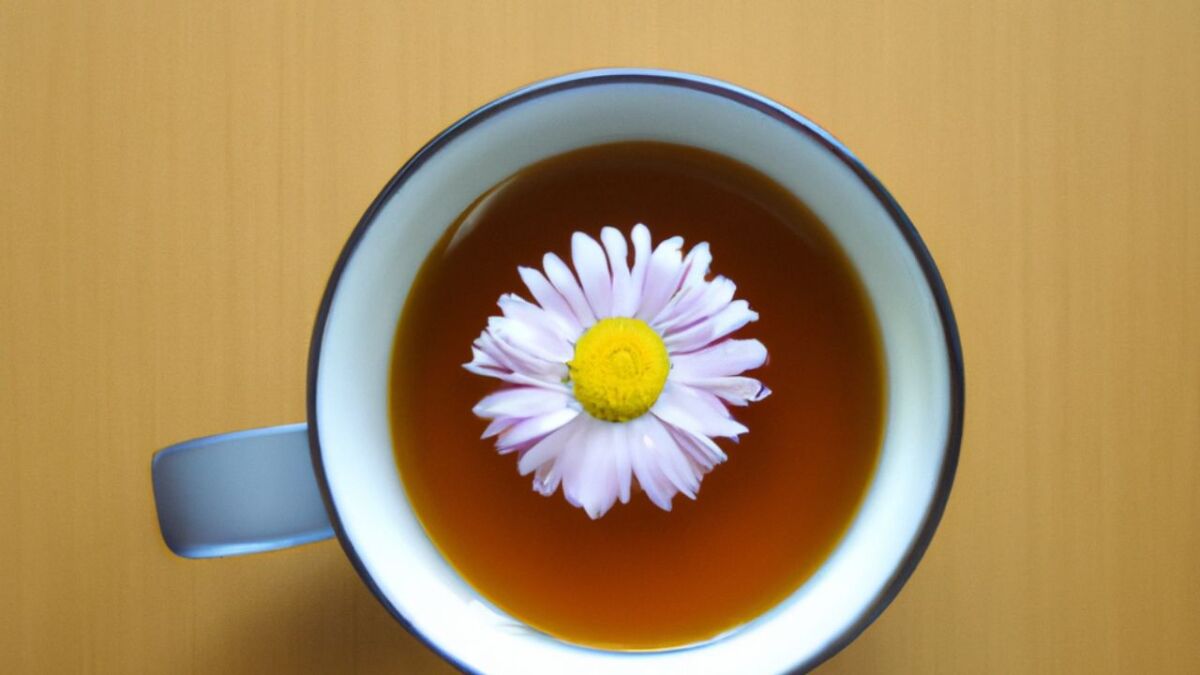
Its resilience affects us and can be an example to everyone. Apart from this psychological aspect, it is delicious and, above all, pretty to look at.
If more people walk mindfully through nature, it is not impossible that one day the daisy will also get its deserved place among medicinal plants.
And especially with such special abilities, it would be extremely unfortunate if it continues to lead such a shadowy existence. As always, I hope that the article was able to partially open your eyes and that you had as much fun reading it as I intended.
If you like plants and appreciate their hidden powers, you just can't get around the love for the daisy.


Author of the guide
Martin Gebhardt
Hey, I'm Martin. On my blog, you will learn the basics and numerous details about living in the wild. I think survival, bushcraft and the good life in nature are the keys to happiness. Find me here on Instagram or on YouTube. You can find more about my mission on the About Me page.
Was this guide helpful?
24 people found this guide helpful.
5.00 out of 5 points (24 Ratings)
Comments (0)
This post may contain affiliate links. So if you click on the links and make a purchase, I will receive a small commission at no additional cost to you. Click here, to learn more about it.


